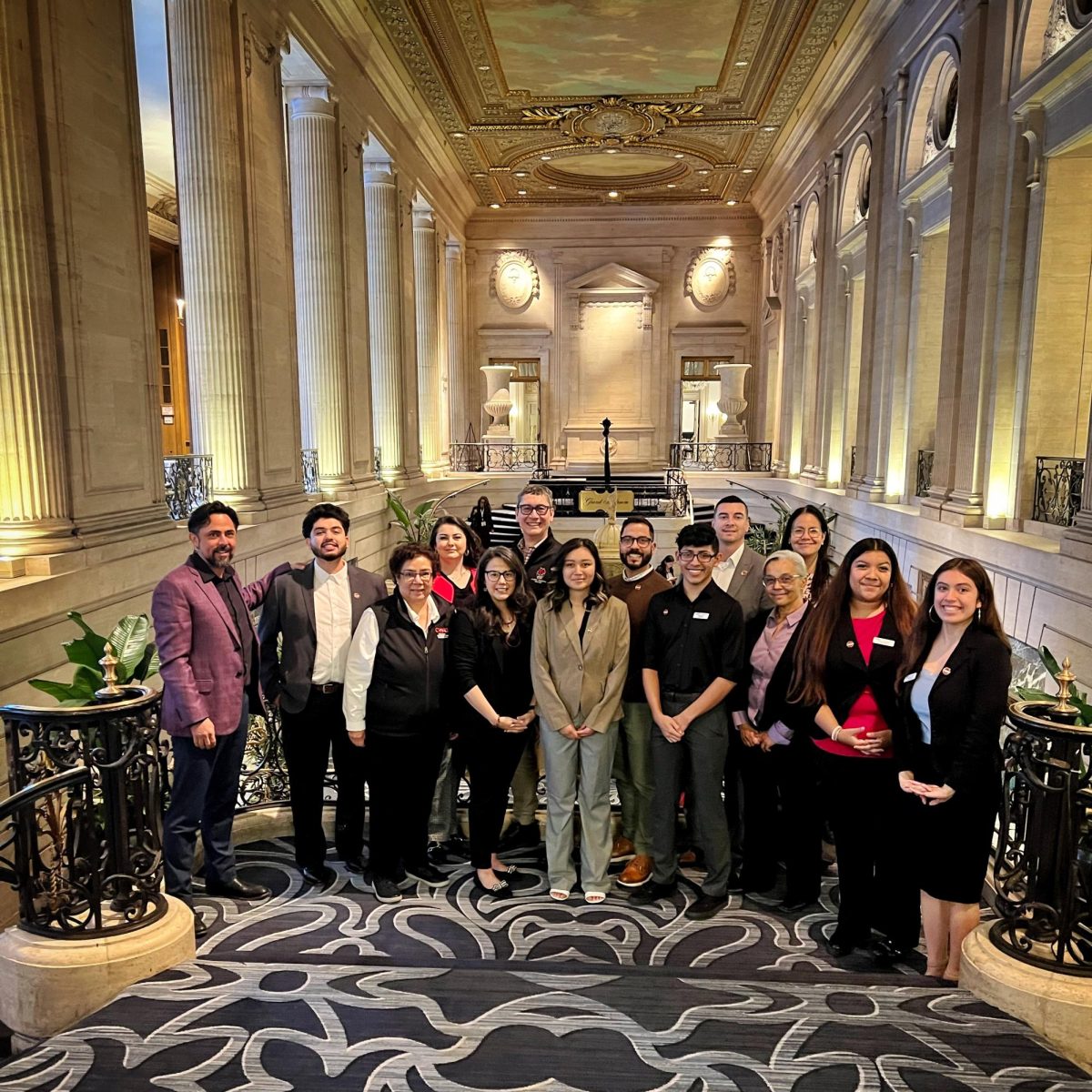BY Colt Sweetland
Assistant News Editor
Central’s Green Dot program, which is run by the Wellness Center on campus, is their primary risk prevention program.
The Green Dot program is a copyrighted program that was adopted by Central during fall quarter of 2009.
Andrea Easlick, assistant director and sexual assault response coordinator at the Wellness Center, said that the program focuses primarily on the role of bystanders by educating them on how to identify high-risk situations. Also, she said that the program provides members tools to be able to find safe ways to intervene and reduce the risk of these situations.
According to Easlick, the program has been successful so far after 5 years of implementation.
“We’ve never really had any negative responses to it, everybody’s been pretty receptive to it,” Easlick said. “It seems to be a fairly easy program to understand and connect with.”
Easlick said there is a three-step process in teaching Green Dot participants how to approach high-risk situations.
“The first piece is identifying what high-risk situations look like, because if somebody cannot recognize a situation for potentially being high-risk then there is not really a next step,” Easlick said. “So if they look at something and go ‘yeah I don’t see a problem with that,’ then they don’t know that they should maybe do something about it.”
Easlick said that the program was created specifically to address three different types of violence: sexual assault, partner violence and stalking.
“The second piece is what we call a self-defining moment, and so that moment where we’re faced with a decision to either do something about what we see or witness or do nothing about it,” Easlick said. “So there’s no neutrality, because the reality is that you cannot unsee something, so their only options are to do something about it, or choose to do nothing about it.”
Easlick said that each Green Dot member may have a personal barrier to overcome in deciding whether or not to act on a situation, and in which way to act.
“If I’m a shy person, that might affect my decision on whether or not to do something,”
Third step in training process provides examples of green dot situations and then allows members to pick one of the methods that would feel most comfortable to them to utilize.
Easlick said that the members do not go back to her and ask questions about situations that they encountered.
“One of the really great things about this program is that it doesn’t require somebody [to provide feedback on their encounters],” Easlick said. “ If I was a really shy person and I had trouble confronting somebody directly, I have other options.”
Easlick said that the goal of the program is not to eliminate members’ barriers on how to act in certain situations; it is more about getting around these barriers and finding a method of action that works best for each member.





